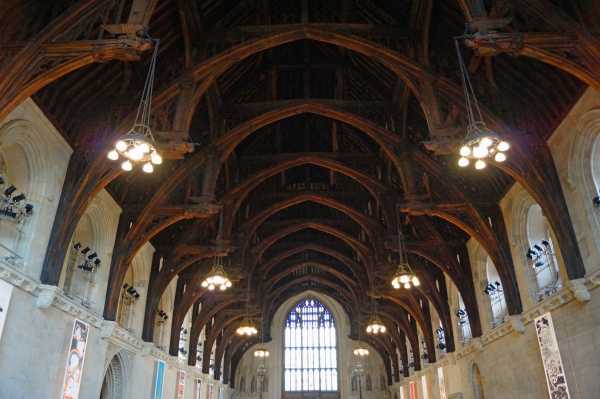In order to produce 1kg of timber, a tree consumes 1.47kg of CO2 and returns just over a kilo of oxygen into the atmosphere. When trees are harvested and used to make wood products, the carbon remains stored in the wood for the life of the product. About 50 per cent of the dry weight of wood is carbon.
It is far more preferable to have the carbon stored in trees and in wood products on the surface of the Earth than in the atmosphere, where it contributes to climate change. Using wood to build long-lasting, efficient and durable homes and other buildings will help reduce the amount of carbon dioxide in the atmosphere.
Wood has been one of the main building materials throughout human history.

Westminster Hall in London has been storing carbon since the time that Henry VIII was on the throne over 700 years ago. Similarly, Greenstead Church in southern England has locked up carbon for over 1000 years. On a smaller scale Egyptian wood chairs sequestered carbon 4000 years ago!
"A lot of people somehow imagine trees grow from the ground. They don't, they grow from the air. They are congealed carbon dioxide and all of that carbon is stored in them."
Professor Tim Flannery - 22 September 2008, Australian of the Year, Chairman of the Copenhagen Climate Council, Commissioner of the Climate Commission